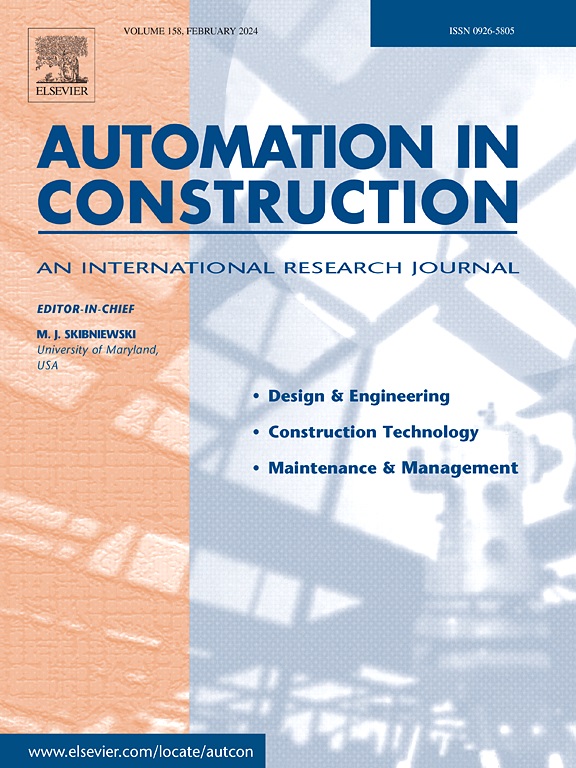Loss function inversion for improved crack segmentation in steel bridges using a CNN framework
IF 9.6
1区 工程技术
Q1 CONSTRUCTION & BUILDING TECHNOLOGY
引用次数: 0
Abstract
Automating bridge visual inspection using deep learning algorithms for crack detection in images is a prominent way to make these inspections more effective. This paper addresses several challenges associated with crack detection: (1) data imbalance, caused by a small crack area as compared to the background, and (2) a high false positive rate, due to a large amount of crack-like features in the background. First, a new benchmark dataset is presented, containing images of cracks in steel bridges along with pixel-wise annotations. Secondly, the importance of incorporating background patches is examined to assess their impact on network performance when applied to high resolution images of cracks in steel bridges. Finally, a loss function is introduced that enables the use of a relatively large number of background patches in neural network training. The proposed approaches yield a significant reduction in false positive rates, thereby improving the overall performance of crack segmentation.
求助全文
约1分钟内获得全文
求助全文
来源期刊

Automation in Construction
工程技术-工程:土木
CiteScore
19.20
自引率
16.50%
发文量
563
审稿时长
8.5 months
期刊介绍:
Automation in Construction is an international journal that focuses on publishing original research papers related to the use of Information Technologies in various aspects of the construction industry. The journal covers topics such as design, engineering, construction technologies, and the maintenance and management of constructed facilities.
The scope of Automation in Construction is extensive and covers all stages of the construction life cycle. This includes initial planning and design, construction of the facility, operation and maintenance, as well as the eventual dismantling and recycling of buildings and engineering structures.
 求助内容:
求助内容: 应助结果提醒方式:
应助结果提醒方式:


